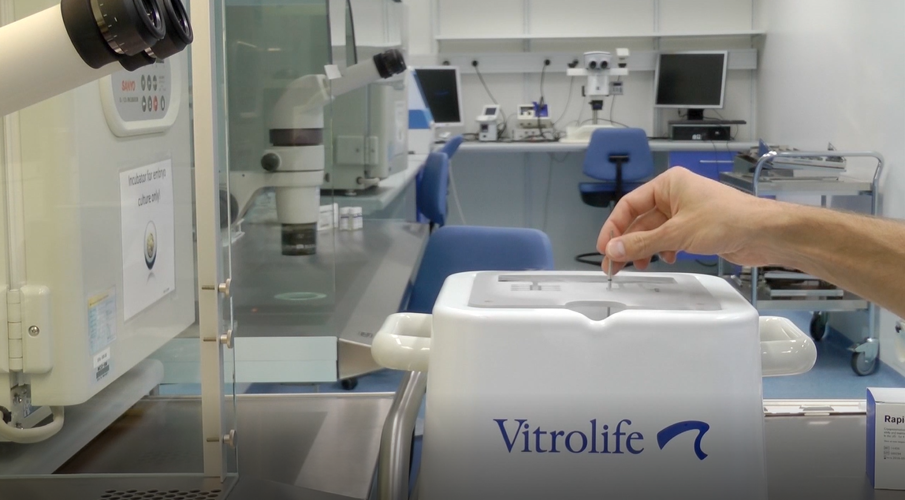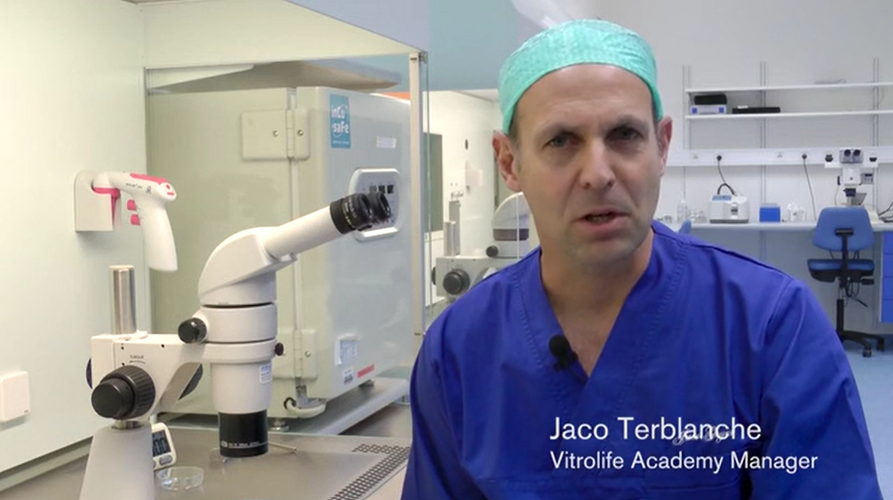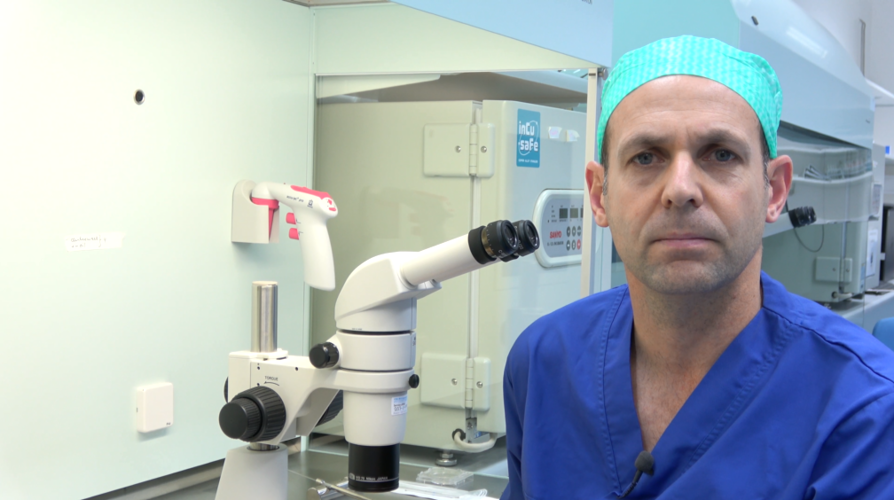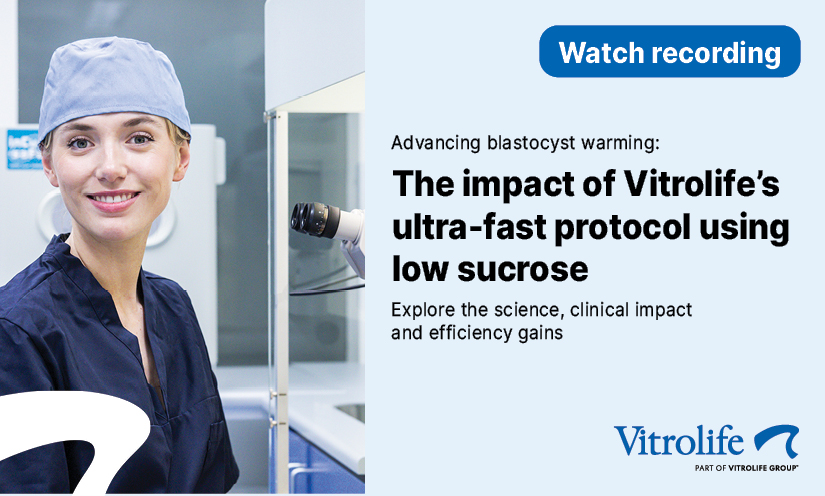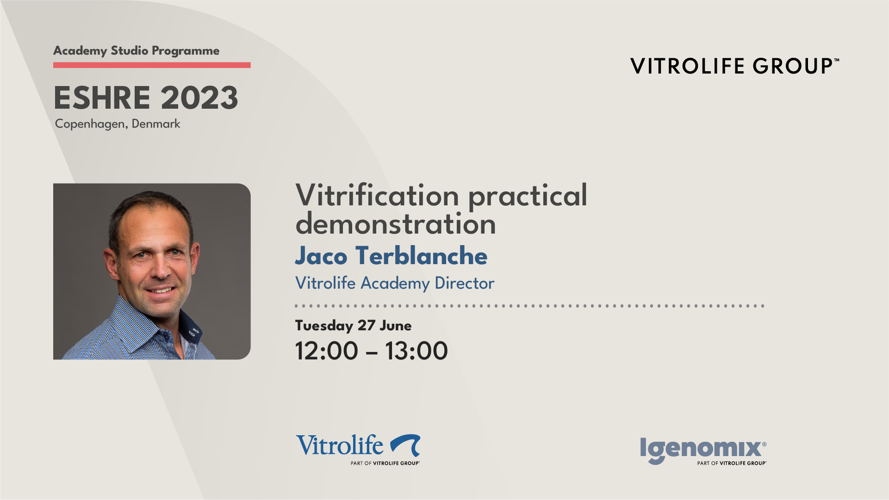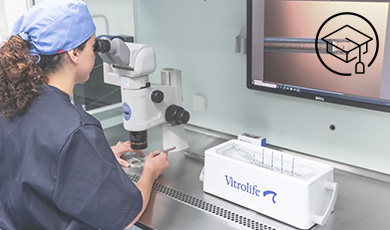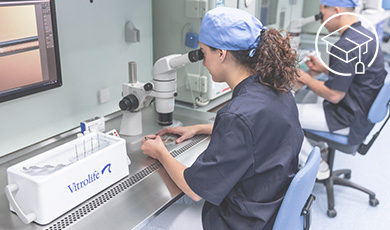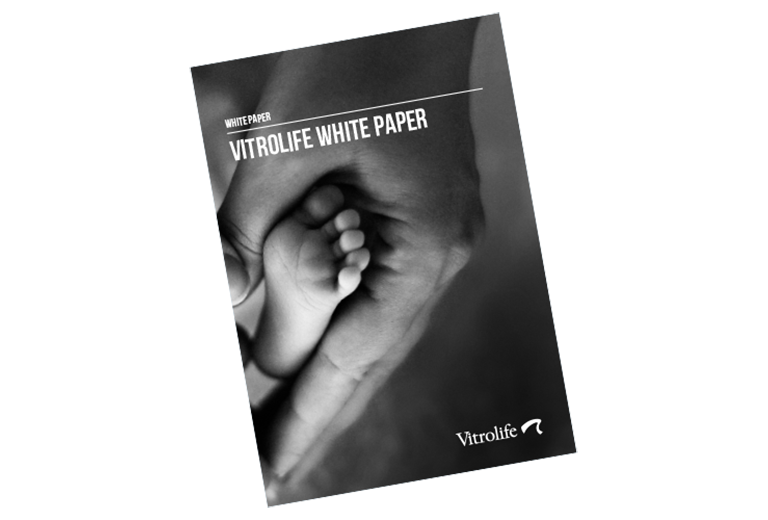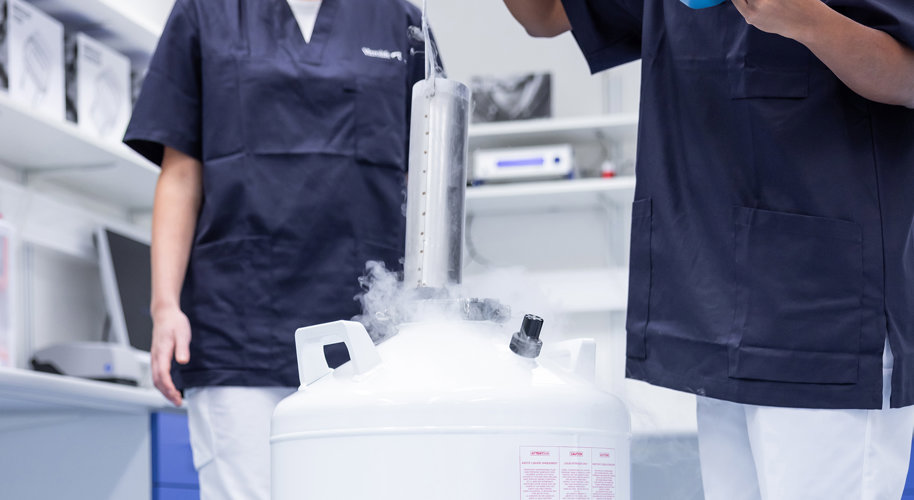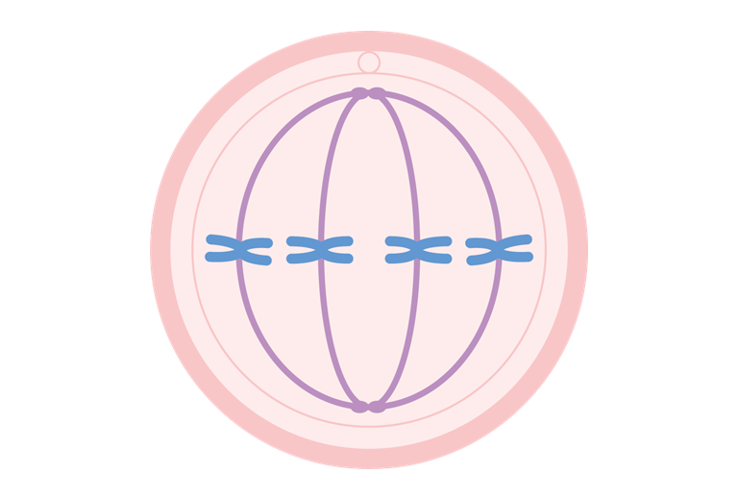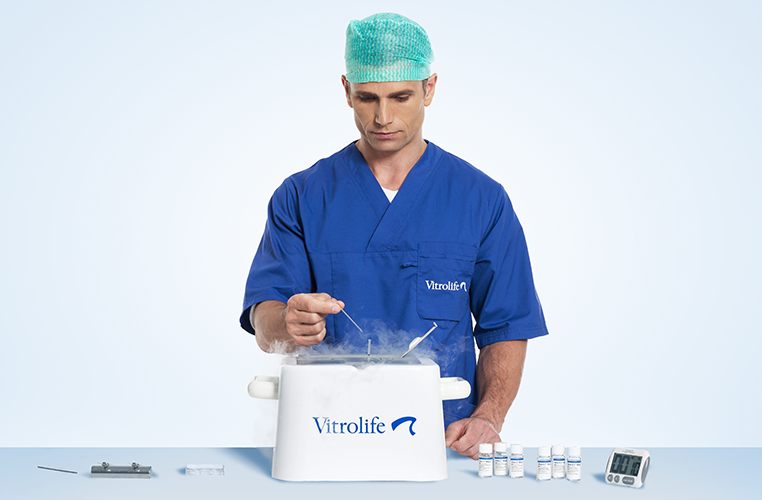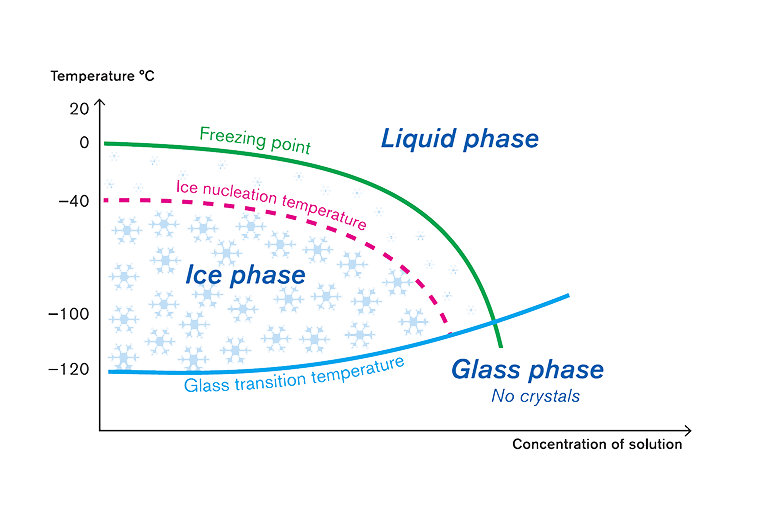Cryo preservation
How to use these products
-
![]()
How to warm blastocysts with Ultra RapidWarm™ Blast
This movie demonstrates step-by-step guidance on safely and effectively warming blastocysts using the Ultra RapidWarm™ Blast protocol.
-
![]()
Vitrification using Rapid-i Vitrification System - oocytes
This movie demonstrates how to vitrify oocytes using RapidVit Oocyte, RapidWarm Oocyte and other Rapid-i accessories.
-
![]()
Vitrification using Rapid-i Vitrification System - blast
This movie demonstrates how to vitrify blastocysts. Products used are RapidVit Blast, RapidWarm Blast and other Rapid-i accessories
-
![]()
Vitrification using Rapid-i Vitrification System - all cell stages
This movie demonstrates how to vitrify oocytes and embryos using RapidVit Omni, RapidWarm Omni and other Rapid-i accessories.
-
![]()
How to validate the temperature for RapidVit media
-
![]()
How to prepare dish with RapidVit media
-
![]()
How to handle oocytes and embryos in RapidVit media
-
![]()
How to use the Rapid-i Kit
-
![]()
How to warm embryos vitrified with the Rapid-i Vitrification System
-
![]()
How to vitrify several blastocysts simultaneously
Read up on studies
-
![]()
Rapid-i is an effective system for human embryo vitrification at both the blastocyst and cleavage stage
In this study, Desai et al, conclude that “Rapid-i offers an excellent alternative to existing open vitrification devices for both day 3 embryos and for blastocysts” at the same time as it prevents direct contacts between embryos and liquid nitrogen.
Read scientific summary
Increase my knowledge
-
![]()
Webinar: 'Advancing blastocyst warming: The impact of Vitrolife’s ultra-fast protocol using low sucrose'
Discover the benefits of Vitrolife's ultra-fast warming protocol designed to save time and maintain consistent, high-quality results in the lab. This recorded webinar is ideal for clinical embryologists, reproductive specialists, and laboratory managers interested in innovative protocols to enhance efficiency and reliability in ART labs.
Watch webinar -
![]()
Webinar: 'Fast and Glorious! – Fast warming and vitrification'
Hear 2 experts in the field, Prof. Thomas Freour, Head of infertility department & ART centre, University Hospital of Nantes, France & Dr. Juergen Liebermann, Director of Laboratories, Fertility Centres of Illinois, USA, talk about their research and clinical experience with the use of an ultra fast warming protocol and the practical benefits it has inside the laboratory.
Watch webinar -
![]()
Webinar: 'Vitrification, a practical demonstration - 27th'
In this webinar, Jaco Terblanche, Vitrolife Academy Director, shows a practical demonstration of Vitrification
Watch Webinar -
![]()
Webinar: 'Fast warming protocol and data'
In this webinar, Thomas Freour, Head of Department - Reproductive Biology and Medicine, Medical Gynaecology, presents Fast warming protocol and data
Watch webinar -
![]()
Webinar: '7000 warmed blastocysts in 7 years - Experiences with an optimised closed vitrification system'
In this recorded webinar, Prof. Thomas Freour will share a retrospective clinical dataset of 7000 warmed blastocysts and describe his experiences with an optimised, closed vitrification system at University Hospital of Nantes, France.
Watch webinar -
![]()
Webinar: 'How to streamline your workflow and secure good results with oocyte vitrification'
In this webinar Dr. Ann-Helene Jakobsson will share insights about oocyte vitrification. Learn about the challenges with oocyte vitrification, how to optimise your workflow and save time in every procedure and get practical tips and tricks on how to succeed with Rapid-i Vitrification System.
Watch webinar -
![]()
Succeed with vitrification - 3 factors that will influence your result
Vitrification has in the recent years become the cryopreservation method of choice in many IVF-clinics. Download this white paper to learn how to succeed with vitrification.
Download white paper -
![]()
Time-efficient vitrification will support workflow optimisation
In this talk from ESHRE 2017, the experienced embryologist Hubert Joris will present a vitrification method to support embryologists in their search for optimal results in a smooth workflow, while maintaining an acceptable working environment.
Watch presentation -
![]()
Comparison of closed vs open vitrification devices
Vitrification is used for medically assisted reproduction and fertility preservation: the goal is to ensure the maximum survival rate with the highest level of biosafety. In this blog post, we will compare closed and open carrier devices for vitrification.
Read blog post -
![]()
Which temperature is optimal for vitrification and why?
Different manufacturers of vitrification products have different recommendations regarding procedure temperature, but which is the optimal temperature for vitrification and why? This blog post will give you insight.
Read blog post -
![]()
Our best tips & tricks for successful vitrification
Vitrification and warming are operator dependent techniques. You need skilled embryologists with attention to detail to obtain high survival rates. Every IVF lab has its own ways of working to achieve optimal success. In this blog post we share tips and tricks we have learned from visiting labs around the world when providing support and troubleshooting on vitrification.
Read blog post -
![]()
Succeed with vitrification - 3 factors that will influence your result
Vitrification has in recent years become the cryopreservation method of choice in many IVF clinics. With survival rates superior to slow freezing and developmental potential of oocytes and embryos similar to fresh ones, results similar to fresh oocytes and embryos can be obtained. To continuously achieve these high survival rates there are matters to think about. In this blog post Hubert Joris discusses some important factors.
Read blog post

